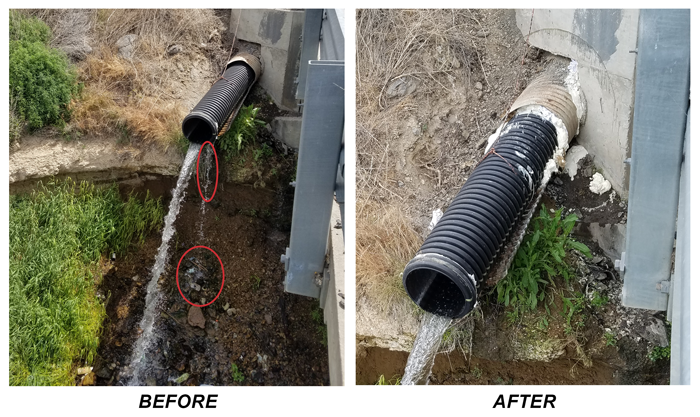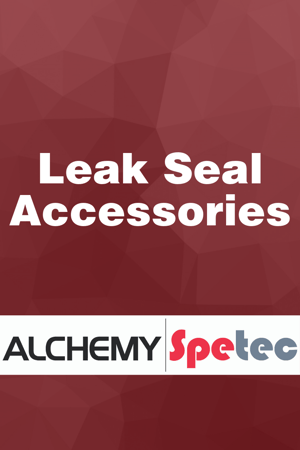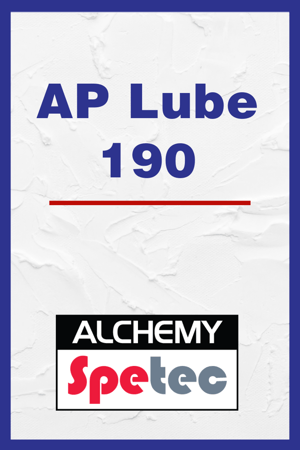
 Alchemy-Spetec is pleased to announce a customized version of the popular Estimate Rocket invoicing, client management and CRM tool for contractors. The custom version includes material estimating calculators for Alchemy-Spetec geotech polyurethanes. These calculators make it easy to figure out the amount of material you'll need for any given job. Sign up now via this Alchemy-Spetec link to get the customized version! (Visiting the Estimate Rocket site in any manner aside from the links we provide will get you the generic, non-customized version.)
Alchemy-Spetec is pleased to announce a customized version of the popular Estimate Rocket invoicing, client management and CRM tool for contractors. The custom version includes material estimating calculators for Alchemy-Spetec geotech polyurethanes. These calculators make it easy to figure out the amount of material you'll need for any given job. Sign up now via this Alchemy-Spetec link to get the customized version! (Visiting the Estimate Rocket site in any manner aside from the links we provide will get you the generic, non-customized version.)
Paperless Workflow
Creating impressive proposals has never been easier with Estimate Rocket’s easy-to-use business templates. Leave a lasting impression with professional paperless estimates and invoices you can create and deliver to clients in seconds.
Job & Client Management
Keep your clients most important information organized and at your fingertips 24/7. The system automatically saves and organizes current and previous jobs, contact information, notes, and more.
Powerful CRM Tools
Stay connected with customer relationship management tools that keep you more responsive than ever before. Automated reminders and appointment scheduling let you know when to take action. Automated Follow-Ups stay in touch with your customers automatically.
Team Collaboration
Bring your entire team with an easy to use web-portal where crews can view appointments, field estimators can build estimates, and accountants can send out invoices.
Financial Reports
View up to the minute reports and know exactly where every job stands. Advanced reporting gives greater depth with detailed job statistics. Easily export to QuickBooks or other accounting software that imports CSV files.
Access on Any Device
Whether you’re on site with a customer or back in the office, you always have complete access to all features. Estimate Rocket works on Mac, PC, iOS, Android, Blackberry and any other web-enabled device.
AS Material Estimation Calculators
As mentioned previously, the Alchemy-Spetec customized version of Estimate Rocket features AS geotech material estimation calculators built in!

.png?width=1400&name=Banner%20Bigger%2c%20Better%2c%20Stonger%20-%20The%20Stainless%20Steel%20MixMaster%20Gun%20Block%20(1).png)
.png?width=300&name=Blog%20Bigger%2c%20Better%2c%20Stonger%20-%20The%20Stainless%20Steel%20MixMaster%20Gun%20Block%20(1).png)



 It's important every now and then to take a look at what's popular on the Alchemy-Spetec blog. Topics that are important to other customers may be important to you. Our 3 most popular blog posts in the last 30 days are:
It's important every now and then to take a look at what's popular on the Alchemy-Spetec blog. Topics that are important to other customers may be important to you. Our 3 most popular blog posts in the last 30 days are:


 Leak Seal & Geotech Products & Procedures
Leak Seal & Geotech Products & Procedures

 I recently consulted with the city of Othello, WA on an interesting application for the leak seal product
I recently consulted with the city of Othello, WA on an interesting application for the leak seal product 




 Alchemy-Spetec offers a variety of accessories for use with the leak seal product line. In this post, we'll take a brief tour. If you have any questions about these products, don't hesitate to call us at 404-618-0438.
Alchemy-Spetec offers a variety of accessories for use with the leak seal product line. In this post, we'll take a brief tour. If you have any questions about these products, don't hesitate to call us at 404-618-0438.
 Alchemy-Spetec is pleased to announce a customized version of the popular
Alchemy-Spetec is pleased to announce a customized version of the popular 
.png?width=1400&name=Banner%20AP%20Lube%20190%20(1).png)
.png?width=300&name=Blog%20AP%20Lube%20190%20(1).png)



 Alchemy-Spetec would like to take a moment to thank those who made the ultimate sacrifice in order to preserve and protect the freedoms that all Americans enjoy.
Alchemy-Spetec would like to take a moment to thank those who made the ultimate sacrifice in order to preserve and protect the freedoms that all Americans enjoy.